Los ICREAs
Los Profesores de Investigación de ICREA forman una vibrante comunidad de científicos e investigadores en todas las áreas del conocimiento que contribuyen al avance de la humanidad explorando, interpretando y cuestionando. Eche un vistazo y conozca sus sorprendentes descubrimientos y hallazgos.
Buscar
302 resultados
Aliaga Alcalde, Núria
Experimental Sciences & Mathematics
Institut de Ciència de Materials de Barcelona (CSIC - ICMAB)
Aloy Calaf, Patrick
Life & Medical Sciences
Institut de Recerca Biomèdica (IRB Barcelona)
Álvarez Puebla, Ramón
Experimental Sciences & Mathematics
Universitat Rovira i Virgili (URV)
Andreu Hayles, Laia
Experimental Sciences & Mathematics
Centre de Recerca Ecològica i Aplicacions Forestals (CREAF)
Anguelovski, Isabelle
Social & Behavioural Sciences
Universitat Autònoma de Barcelona (UAB)
Aparicio Badenas, Conrado
Engineering Sciences
Universitat Politècnica de Catalunya (UPC)
Arbiol Cobos, Jordi
Engineering Sciences
Institut Català de Nanociència i Nanotecnologia (ICN2)
Showing 7 páginas de 21

